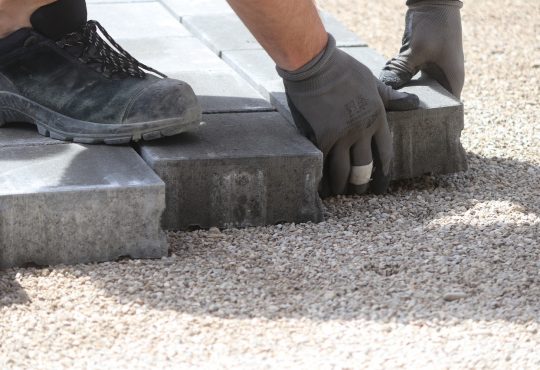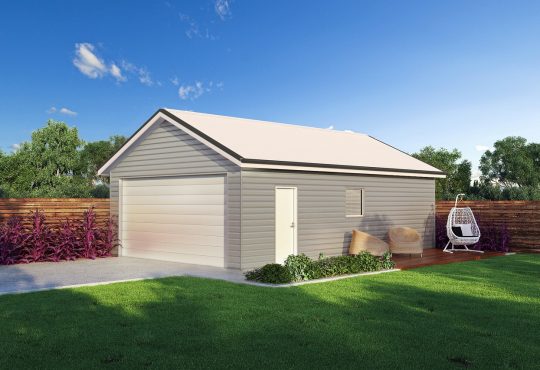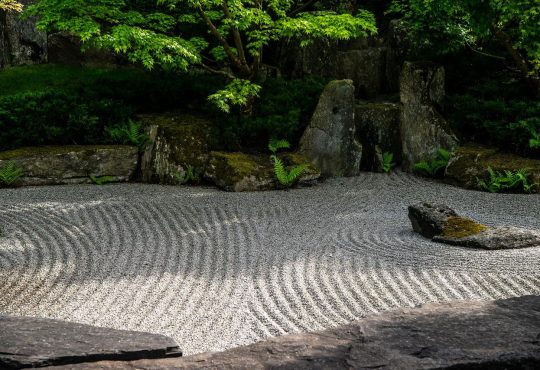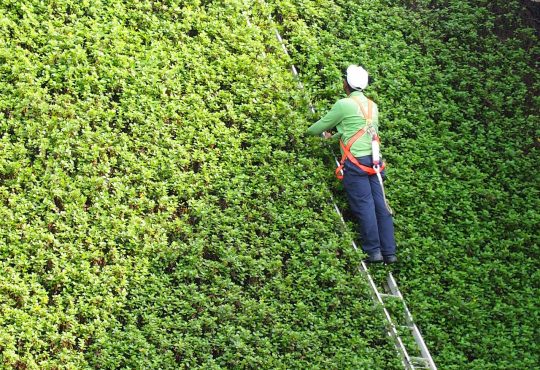If water does not go away from your garden for a long time, trees die in the lowlands, the ground dries out after the rain for long, plants rot, it is advisable to organize a drainage system.
Signs of excessive soil moisture
Many gardens owners are familiar with the problem of waterlogged soil. The reasons may be different. The soil cannot be cultivated without drainage. The following signs will indicate the need to create soil drainage:
- swampy area, there is a pond near the site
- hilly terrain, no runoff, after rain and when warm season starts, the soil is saturated with moisture, does not dry out
- groundwater is close to the surface.
Drainage system in the garden
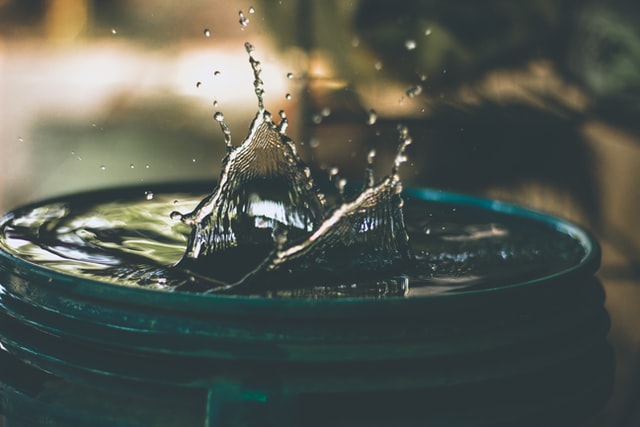
You can do drainage yourself. It is important to outline the correct scheme for collecting drainage water, the depth of trenches, strengthening the walls of ditches.
Several garden drain solutions are used:
- collecting drains from roofs
- surface drainage from land plots
- deep drainage for lowering the groundwater level.
Drains from the roof can be brought into a storage tank or sent to a surface sewer. It is not difficult to make point water collectors for the discharge of sedimentary water from the roofs of buildings.
If the upper clay layer does not allow water to flow deep, drainage on garden plots is arranged with the upper catchment area. The drainage system consists of drainage ditches diverting drains from the site to a central deep trench with the removal of excess moisture.
You can do surface drainage on your own. First you need to draw a diagram correctly, take into account the slope of the ditches and their depth as they are filled with drainage waters.
In the drainage project of the site, it is necessary to designate the points of drainage water discharge into the common collector, take into account the angles of inclination of individual drains. As the terrain level decreases, the drainage ditch is dug deeper, as there are more filtered drains.
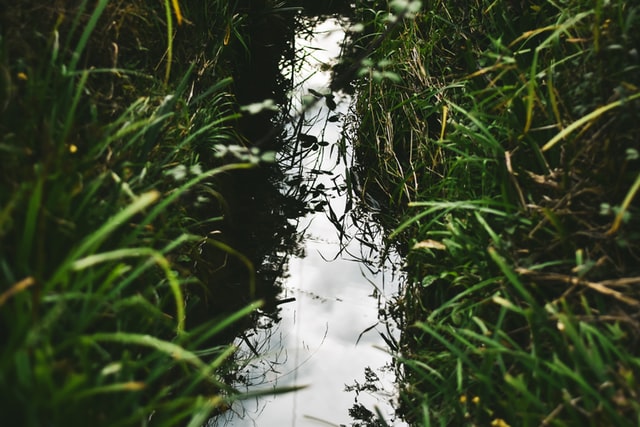
Digging your trenches for drainage, you need to arrange the slopes of the walls so that they do not crumble, or strengthen them with the most accessible and simple materials: fragments of the roof or bricks, stones. Drains are covered with grilles, decorated with natural grooves from above.
If the plot is located in a hollow between two slopes, you can increase its level by pouring special fertile mixtures. The bulk layer is expensive, but it can help solve problems without installing drainage systems. Vegetables and greens on raised garden beds, fruit trees on the backfill grow well.
Trees growing on the roadsides can also drain the plot. Willow, alder and oak even beyond the boundary of the site draw water no worse than drainage systems.



